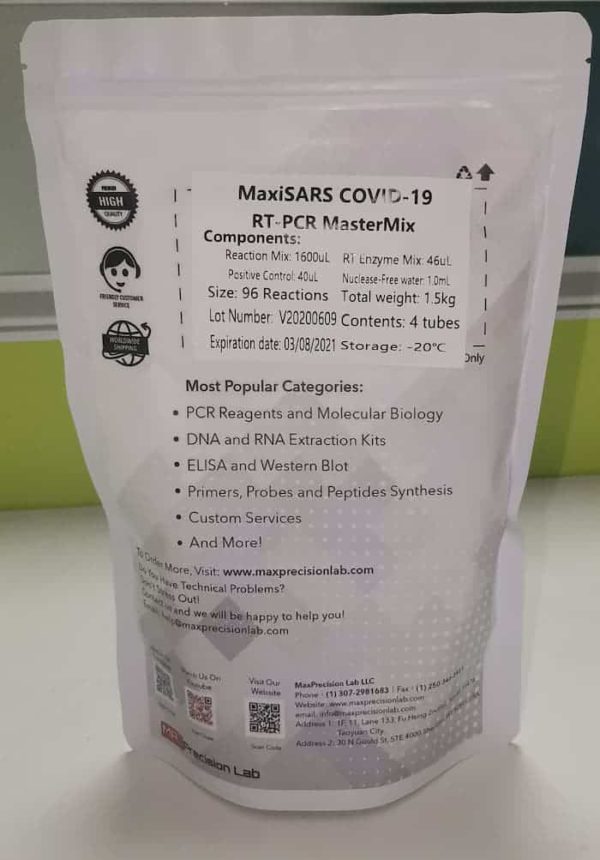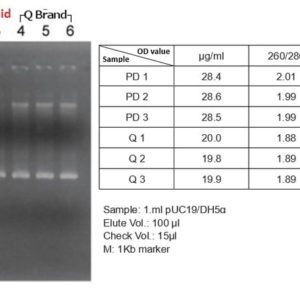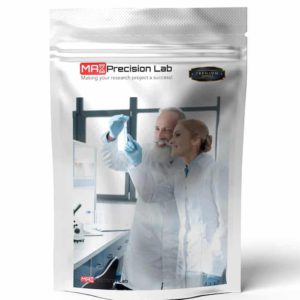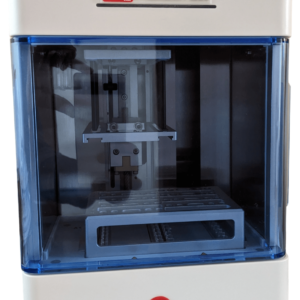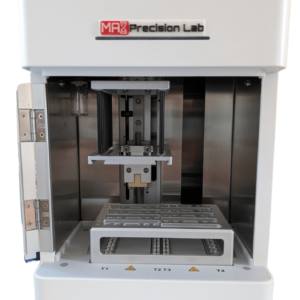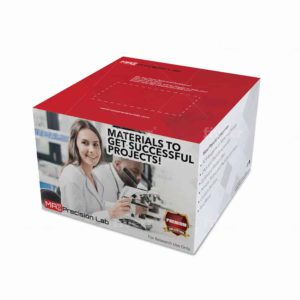Volcano3G RT-PCR Probe 2x Master Mix
This Direct RT-PCR MasterMix can be used for the detection of diferent kinds of virus such as COVID- 19. Samples can be obtained from Dry Swabs or Gargle
Catalog Number: #6101
Size: 100 tests/rxns
Also Known As: COVID-19 Direct PCR, SARS-CoV-2, Direct RT-qPCR
Contents
This RT-PCR Probe 2x Master Mix contains all
components necessary for a successful and reliable real-time
RT-qPCR in all standard PCR cyclers, including dNTPs and an
optimized reaction buffer.
An aptamer-based hot-start formulation of the Volcano3G DNA
polymerase prevents false amplification. Temperatures above
50°C cause the aptamer’s secondary structure to melt and will
set-free the polymerase.
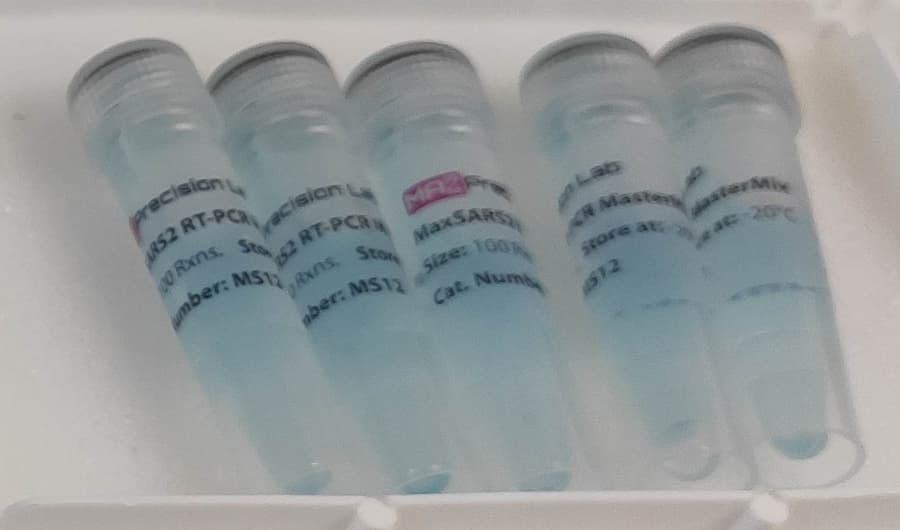
Applications
Rapid detection and identification of RNA & DNA targets
Reverse transcription qPCRs (RT-qPCRs)
qPCRs

Our RT-qPCR Kit Is Fully Compatible With:
- ABI 7500
- Bio-Rad CFX96, CFX384
- Bio-Rad Touch / iQ5
- Cepheid Smartcycler/Smartcycler II
- 7 QuanStudio’s 6, 7, 12k
- Roche: LightCycler®480/1536/Nano
- Agilent: Mx3005p, Mx3000P
- Qiagen: RotorGene6000,
- QEppendorf Mastercycler
- And More…
We Have Different Kind Of ROX Availabe:
Low ROX,
High ROX
NO ROX
This means that our Master Mix can be adapted to be compatible with more PCR Thermocyclers.
Experimental recommendations for first use:
– Run a PCR with a temperature gradient at the RT-step and
annealing step in order to find the optimal temperature for
your assay.
– Most RT-PCR assays work well with a RT-cycling step
consisting of a short denaturation followed by incubation at
58-70°C and subsequent PCR cycling
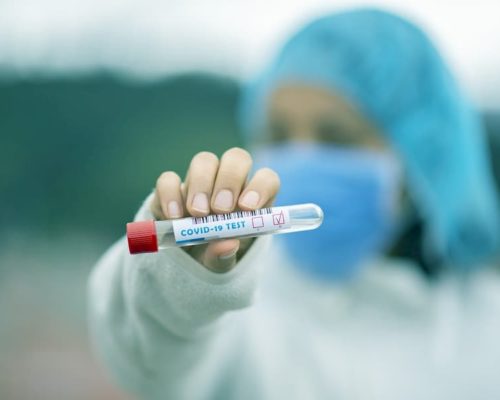

Materials and Devices Required but Not Provided:
RT-PCR/PCR Mix
Component Volume Final concentration
Volcano3G RT-PCR Probe 2x Master Mix 12.5 µl 1x
Primer forward (10 µM) 1.25 µl 500 nM (50-1000 nM)
Primer reverse (10 µM) 1.25 µl 500 nM (50-1000 nM)
Probe (10 µM) x µl 50-1000 nM
Template/Sample extract* y µl >0.1 ng (0.1-2500 ng)
Nuclease-free water up to 25µl total reaction vol.
Keep all components on ice.
Spin down and mix all solutions carefully before use.
* Recommended template concentration should be 0.004 ng/µl – 0.1 µg/µl (of total RNA
or genomic DNA).
Typical RT-PCR protocol
RT cycling(10 cycles)
Denaturation 95°C 3 sec
Reverse transcription* 58-70°C 60 sec
(temperature to be optimized)
PCR cycling (35-50 cycles)
Denaturation 95°C 10 sec
Annealing/Extension** 58-70°C 50 sec
Hold <10°C hold
* Volcano3G DNA polymerase allows “zero-step” RT-PCRs directly from RNA templates (without an
isothermal reverse transcription step), as reverse transcription also takes place simultaneously with
DNA amplification during the cycled PCR elongation step. Thus a reverse transcription step is optional
and can be omitted in some cases.
**A new RT-PCR is ideally established by running a temperature gradient in order to find the best
reverse transcription / annealing / extension temperature for each primer pair. The annealing
temperature of a primer is strongly influenced by its nucleic acid sequence and the reaction buffer
composition (salts and pH). Since RNA:DNA hybrids are typically more stable than DNA:DNA hybrids, the
annealing temperature in the RT-step can be higher than in during PCR cycling.
Volcano3G DNA polymerase is fully thermostable and most active between 55-95°C
Quality Control Assays
RT-PCR activity: Volcano3G RT-PCR Probe Mix is tested for a
successful RT-qPCR performance. A 151 bp fragment (HPRT1
mRNA) is amplified from human total RNA extract and the
linearity of amplification over a specified serial dilution is
demonstrated. The activity of the Volcano3G DNA polymerase
is monitored and adjusted to a specific DNA polymerase
activity using an artificial DNA template and DNA primer.
Enzyme concentration is determined by protein-specific
staining. Please inquire more information at info@maxprecisionlab.com
for the lot-specific concentration.
No contamination has been detected in standard test reactions
Important notes
Volcano3G RT-PCR Probe 2x Master Mix works very well
also for DNA amplification assays
This master mix is optimized for an amplicon size between
60- 300 bp.
Minimize the number of freeze-thaw cycles by storing in
aliquots. For a day-to-day use, we recommend keeping an
aliquot at 4°C.



